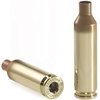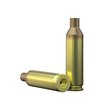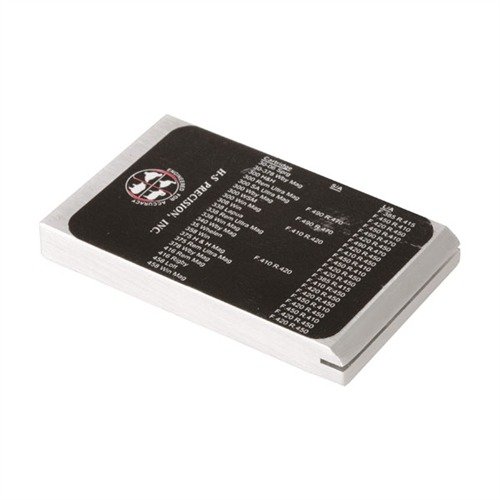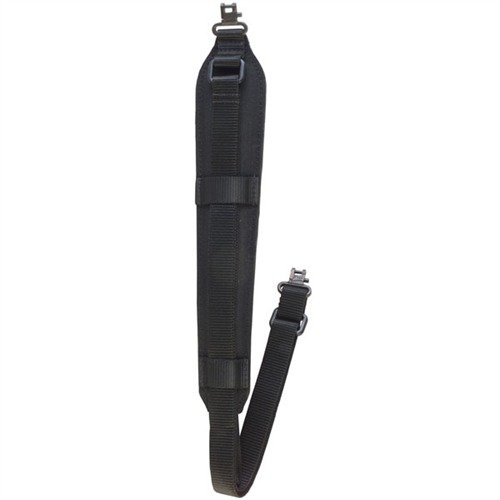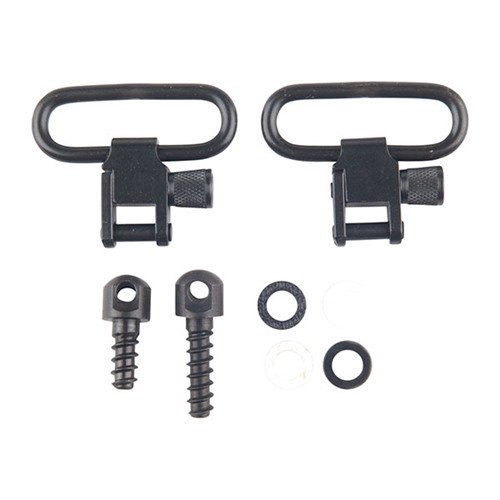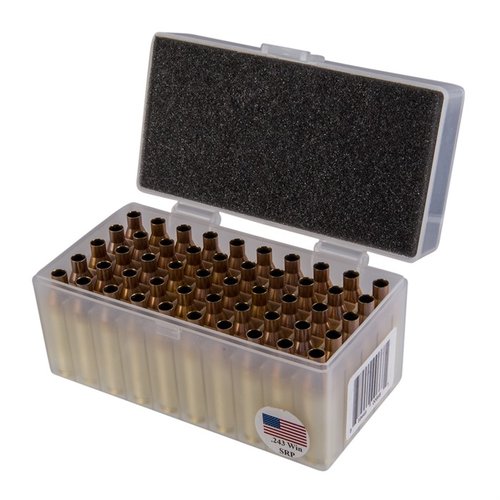Experience precision and performance with 22 Creedmoor Brass from Peterson Cartridge.
According to Derek Peterson, president of Peterson Cartridge, “We decided to build the tooling to make .22 Creedmoor brass in response to the uptick in long-distance predator and varmint hunting. Plus the round is just straight-up fun to shoot. It is a low-recoil, flat shooting, wind-bucking round; deadly accurate up to 800 yards.”
Peterson Cartridge also manufactures 6.5 and 6mm Creedmoor casings. “But when we designed the tooling for the .22 Creedmoor, we set out to make casings with improved features,” Peterson stated. “And we were successful. We increased the head hardness to tolerate higher pressures. Additionally, we increased our internal volume slightly to work better with the slow burning powders (like RL 26 or H1000) which people favour for this round.”
Prior to this, shooters had to take 6mm or 6.5 Creedmoor casings and neck them down to .22. There are a few problems associated with necking down:
- When you take a larger caliber with the correct neck wall thickness and neck it down to a smaller caliber, the excess brass bunches up in the neck, creating a tension band, often referred to as a doughnut of brass in the neck, which negatively affects loading, bullet release, and accuracy.
- A trait of cartridge brass is that it work-hardens, meaning the brass gets harder each time you “work it.” Therefore, necking down a casing that has been properly annealed results in it no longer being properly annealed after being worked.
- Finally, necking a larger caliber into a smaller one results in neck walls that are too thick. The ideal neck wall thickness for a case the size of .22 Creedmoor is .0143 to .0148, and necking down results in neck walls thicker than that. However, the Peterson .22 Creedmoors all fall within that ideal specification.
Peterson collaborated with Derrick Ratliff of Horizon Firearms on the specifics of the casing. Horizon has been chambering guns in .22 Creedmoor since 2014 and has been a pioneer in transitioning the .22 Creedmoor from an unknown wildcat to the popular caliber it is today.

